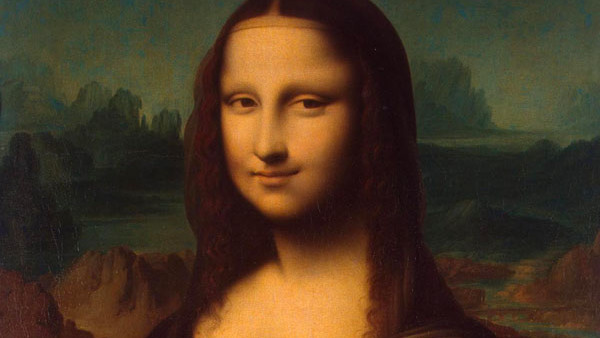8 Hidden Secrets In The Mona Lisa
3. A Smile (Or Not)

There's so much going on in the Mona Lisa that sometimes it's easy to get fixated on the macro and not hone in on the micro. A case in point: for pretty much the whole five centuries since it was painted, people have been arguing about whether or not she's smiling.
In fact they made a whole film called Mona Lisa Smile with Julia Roberts which...well, it's not entirely about its titular subject (or the Nat King Cole song of the same name) but it definitely explores some of the debates surrounding if a long-dead woman was smirking in her portrait or not. Interpretations have come from scientists, historians, critics and Joe Public alike, and they're all pretty interesting. Well, most of them. Apparently some people think that da Vinci was telling a joke during painting and she was a bad model who couldn't stay still, which sounds rather far-fetched to us.
Professor Margaret Livingstone of Harvard University reckons that the grin is so low-key because it's mostly drawn in "low spatial frequencies", all the better to be seen from a distance or with your peripheral vision. Which means that the smile is, somehow, more striking when you're looking her in the eyes than at the mouth itself. Other brainboxes have gone further, suggesting the smile is affected by variable levels of random noise in the human visual system, or that the positioning of her facial muscles unconsciously suggests a bigger smile than is actually visible.
In 2005, Dutch researchers developed some "emotion recognition" computer software (which they mainly use to try and understand why their spouses are so angry at them for spending all their free time developing emotion recognition software) and ran the painting's through it, discovering that the smile was 83% happy, 9% disgusted, 6% fearful, 2% angry, less than 1% neutral, and 0% surprised. And we are 0% surprised if you had never considered Mona Lisa's smile in this much detail before.